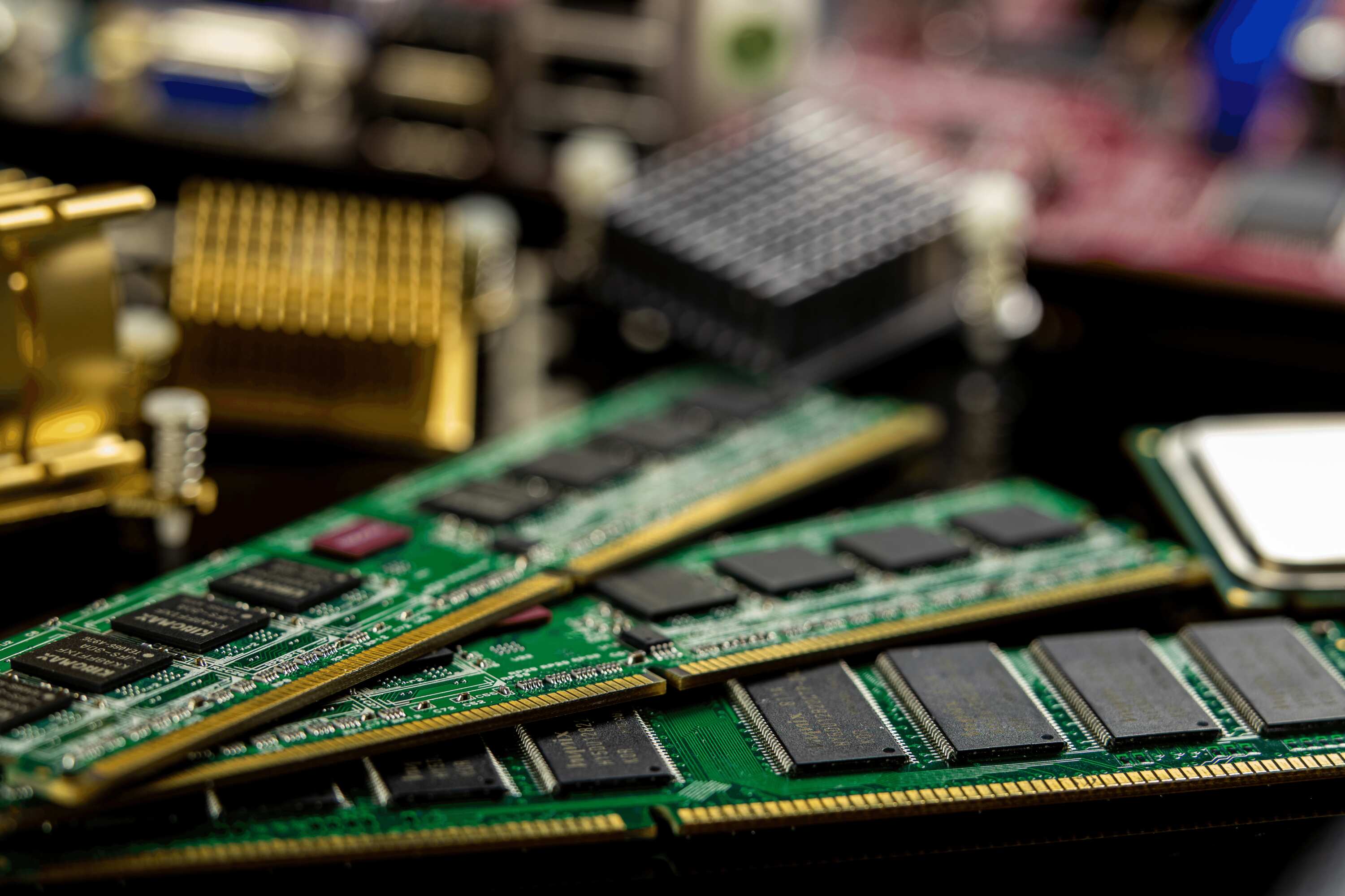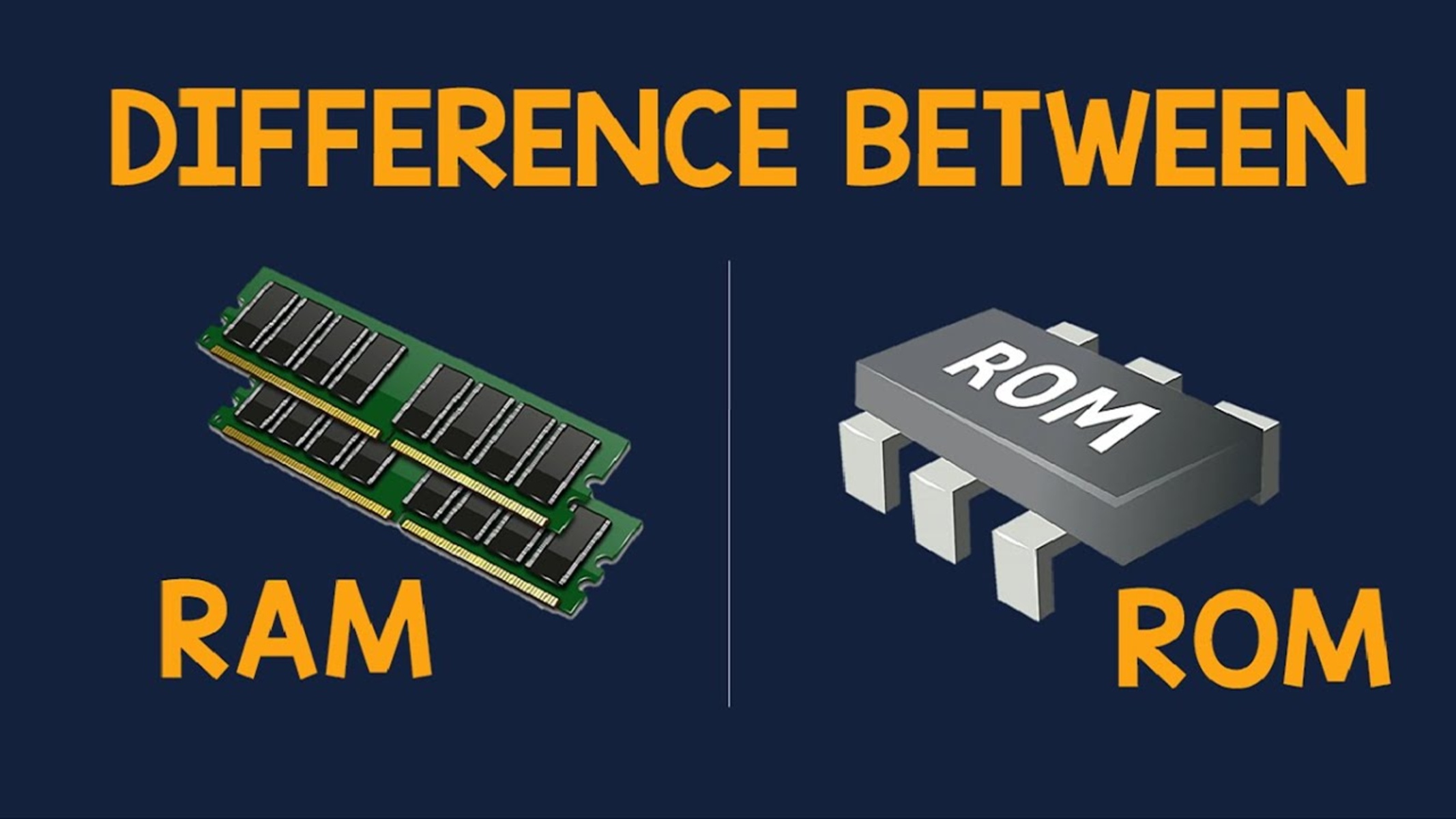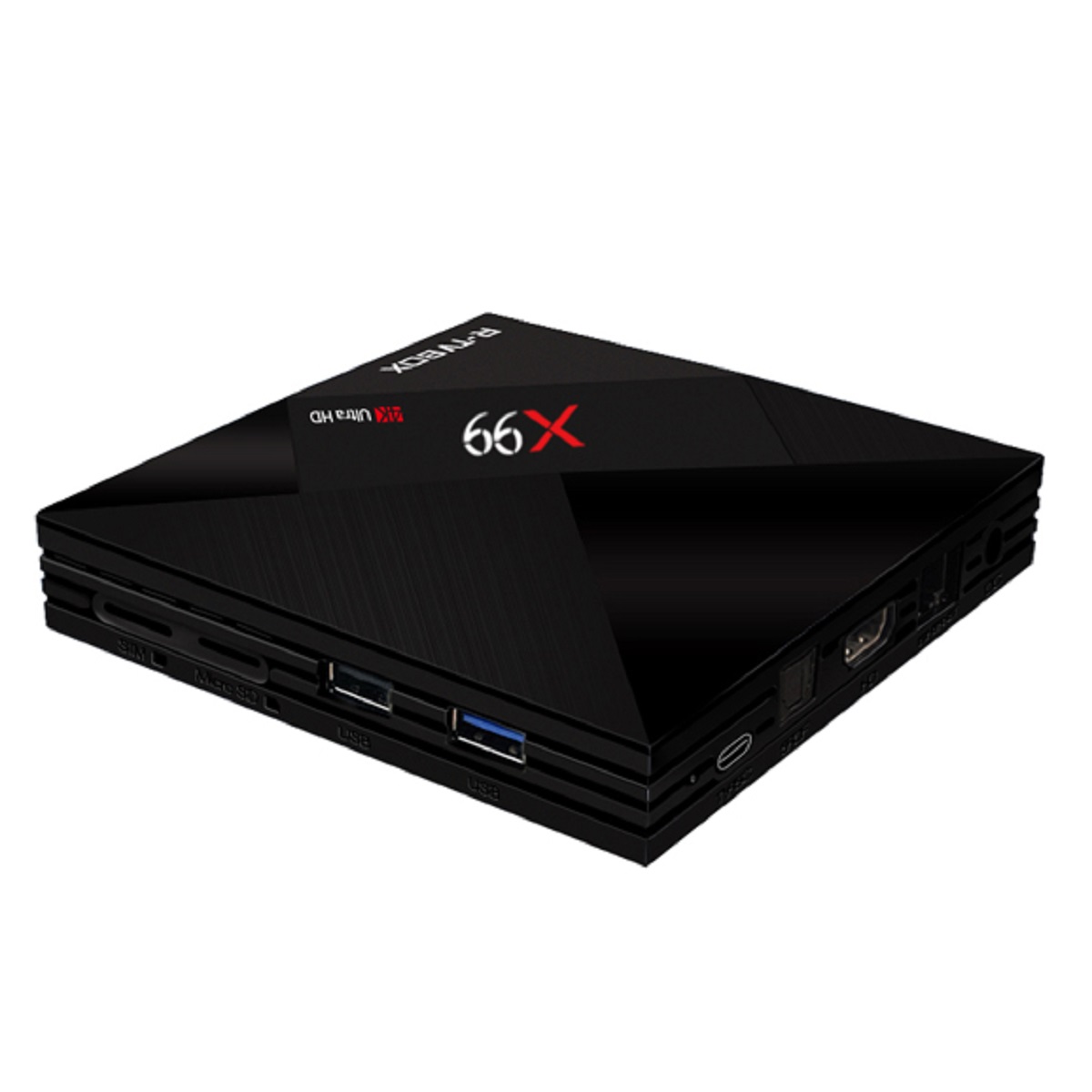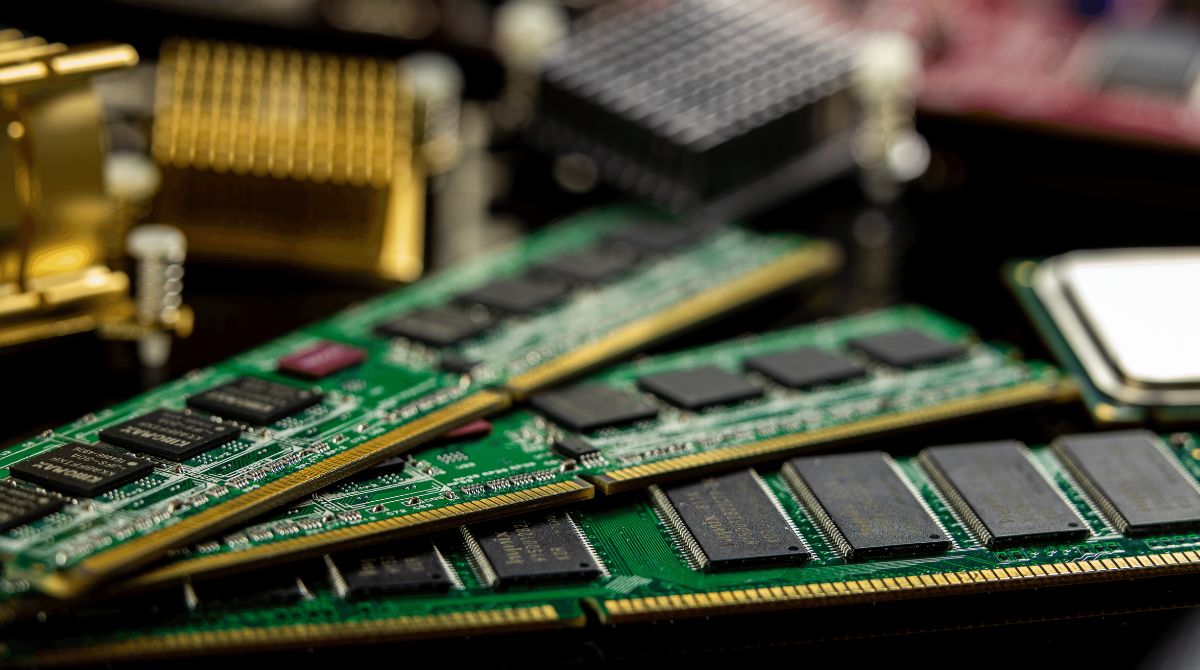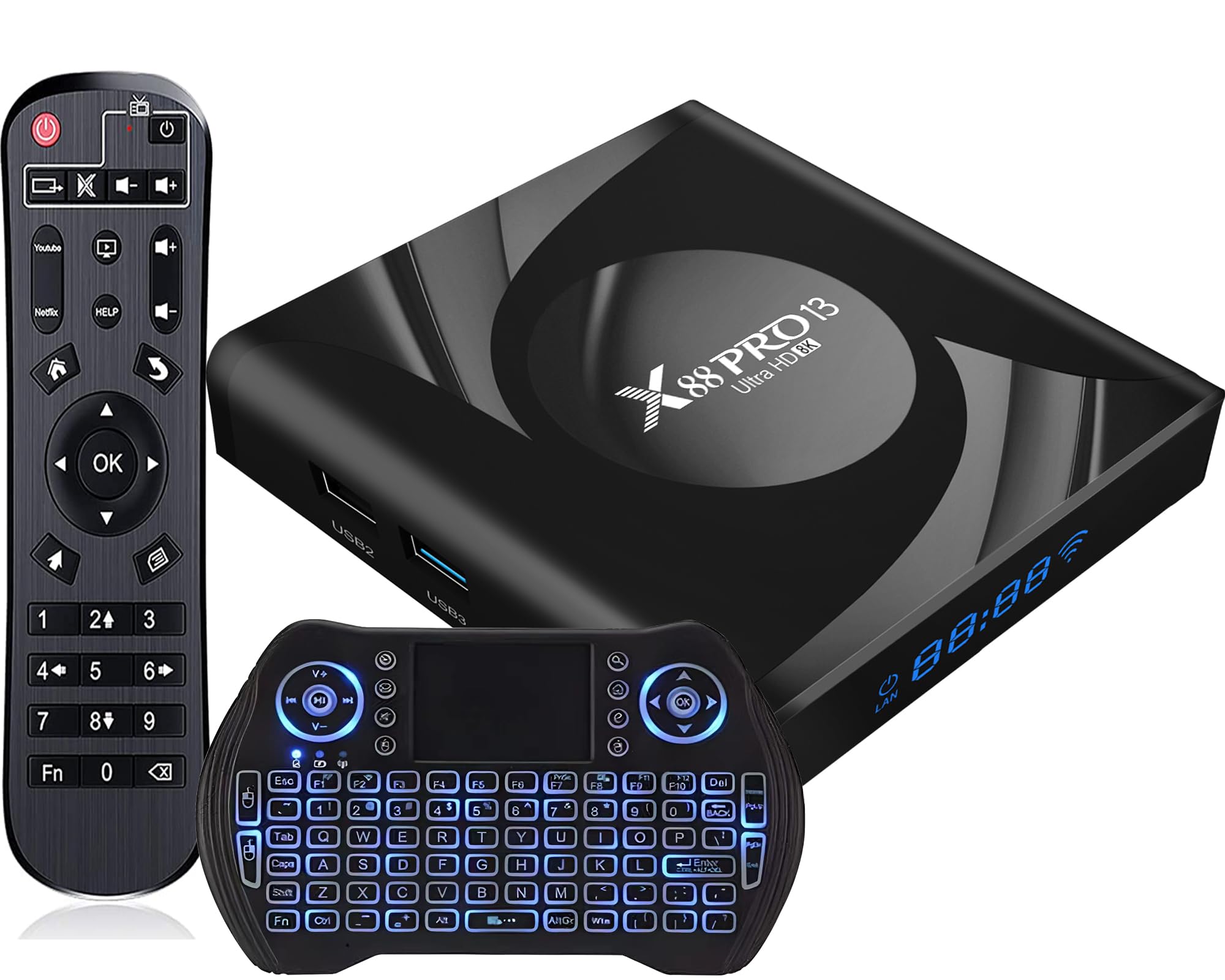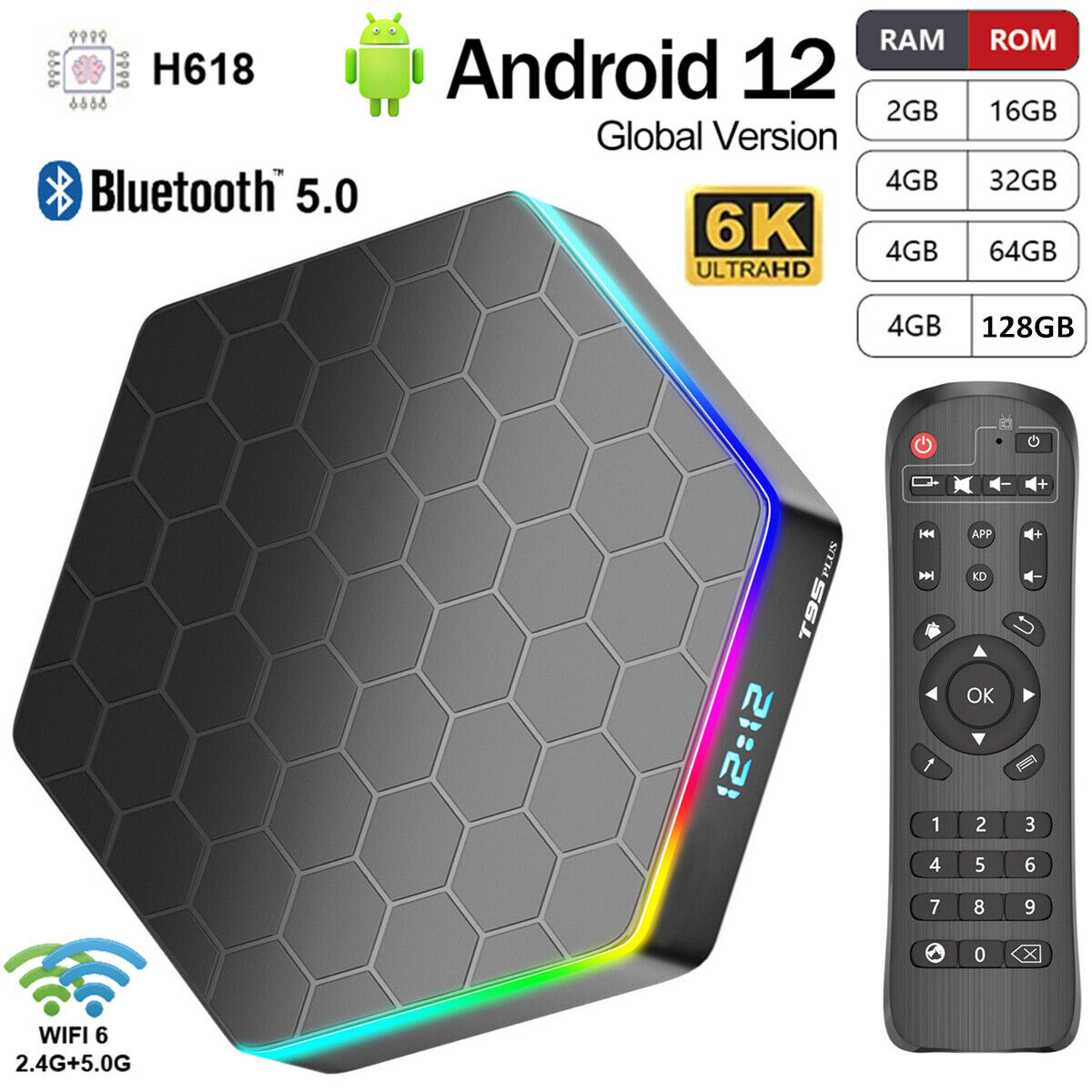Introduction
When it comes to computer chips, two terms that frequently come up are ROM and RAM. These are vital components of any electronic device, from smartphones and laptops to gaming consoles and smart home appliances. While they may sound similar, ROM (Read-Only Memory) and RAM (Random Access Memory) serve distinct purposes and have different functionalities. Understanding the differences between these two types of memory is essential for anyone interested in computer hardware or seeking to enhance their knowledge of how computers operate.
In the world of electronics, memory refers to the storage capacity within a device that allows the storage and retrieval of data. ROM and RAM are both types of memory, but their role and characteristics vary significantly.
ROM: ROM, as the name suggests, is a type of memory that can only be read. It stores permanent data or instructions that are vital for a device’s operation, such as firmware or boot code. The data stored in ROM remains intact even when the power is turned off or the device is restarted. This makes ROM an ideal choice for storing critical system files that need to be accessed quickly and reliably.
RAM: On the other hand, RAM is a type of volatile memory that allows for the temporary storage and retrieval of data that is being actively used by the computer’s operating system and applications. Unlike ROM, RAM is not permanent and requires power to retain the stored data. When the power is cut off or the device is turned off, the data stored in RAM is lost. However, RAM offers faster reading and writing speeds compared to ROM, making it crucial for the efficiency and performance of a device.
Now that we have a brief understanding of ROM and RAM, let’s explore their functionalities in more detail, as well as delve into the key differences between them.
Definition of ROM and RAM
Read-Only Memory (ROM): ROM, as the name implies, is a type of computer memory that can only be read and cannot be modified or written to. It contains permanent data or instructions that are written during the manufacturing process and remain fixed throughout the lifespan of the device. The data stored in ROM is non-volatile, meaning it retains its contents even when the power is turned off. ROM is commonly used to store the firmware or system software of a device, including the BIOS (Basic Input/Output System) of a computer or the operating system of a smartphone or gaming console.
Random Access Memory (RAM): RAM, on the other hand, is a volatile computer memory that allows for the temporary storage and quick access of data during the operation of a device. Unlike ROM, RAM can be both read from and written to. It serves as a workspace for the computer’s processor, storing data that is currently in use by the operating system and running applications. RAM is crucial for the efficient and smooth functioning of a device, as it directly affects the speed and performance of data processing tasks.
ROM and RAM differ not only in their ability to be written to, but also in their characteristics and usage.
ROM is primarily used for storing permanent data that needs to be quickly accessed by the device’s hardware or software. It is non-volatile, meaning it retains its contents even when the power is turned off. This makes ROM ideal for storing firmware or system software that needs to be available immediately upon booting up the device. Due to its read-only nature, data stored in ROM cannot be modified or erased, providing a level of security and stability to the device.
RAM, on the other hand, is used for storing temporary data that is actively being accessed and processed by the device. It is volatile, meaning that data stored in RAM is lost when the power is cut off or the device is restarted. RAM provides a high-speed workspace for the processor to quickly retrieve and manipulate data, enabling smooth multitasking and efficient execution of instructions. The size of RAM in a device directly affects its performance, with devices having more RAM generally being able to handle more complex and resource-intensive tasks.
Now that we have explored the definitions of ROM and RAM, let’s delve deeper into their functionalities and explore the differences between them.
Functionality of ROM
Read-Only Memory (ROM) serves a crucial role in the functioning of electronic devices. Its functionality lies in its ability to store permanent data or instructions that are essential for the device’s operation.
ROM is designed to be non-volatile, meaning that the data stored in ROM is retained even when power is turned off or the device is restarted. This characteristic ensures that critical system files or firmware are available immediately upon booting up the device.
The primary function of ROM is to provide the device with a set of instructions or firmware that allows it to start up and operate. For example, a computer’s ROM contains the BIOS (Basic Input/Output System), which initializes the hardware, conducts tests to ensure proper functionality, and loads the operating system. Without ROM, a device would not be able to perform these necessary functions, rendering it useless.
ROM also allows for the storage of fixed data that remains constant throughout the lifespan of the device. This includes pre-loaded software, such as operating systems, drivers, and utility programs. In devices like gaming consoles, ROM stores the game cartridges or discs’ software, enabling the console to retrieve and run the game as intended.
ROM provides stability and security to the device as well. Since the data stored in ROM is read-only, it cannot be modified or erased accidentally or intentionally. This ensures that the instructions or data in ROM are not susceptible to being altered or corrupted, providing a reliable and consistent foundation for the device’s operation.
While ROM has a fixed set of data that cannot be modified, it is worth noting that there are different types of ROM that offer varying degrees of flexibility. For example, PROM (Programmable Read-Only Memory) allows users to program data onto the chip, but once programmed, it becomes permanent and cannot be changed. EEPROM (Electrically Erasable Programmable Read-Only Memory) and its modern variant, Flash memory, provide limited reprogrammability, allowing for data to be erased and rewritten multiple times.
In summary, the functionality of ROM lies in its ability to store permanent data, firmware, and instructions that are vital for the device’s operation. ROM ensures quick and reliable access to critical system files upon startup, provides stable and secure storage for fixed data, and plays a key role in the overall functionality of electronic devices.
Functionality of RAM
Random Access Memory (RAM) is a crucial component of electronic devices that plays a vital role in their functionality. Unlike ROM, RAM is a volatile memory that allows for the temporary storage and quick retrieval of data during the operation of a device.
The primary function of RAM is to provide a high-speed workspace for the computer’s processor to store and access data that is actively being used. When a program or application is running, the data it needs to operate is loaded into RAM for faster access. This allows the processor to quickly retrieve the necessary information, manipulate it, and perform tasks more efficiently.
RAM facilitates multitasking by enabling the device to run multiple programs simultaneously. Each program is allocated a certain amount of RAM for its data and instructions, allowing for seamless switching between applications without the need to reload them from external storage.
Furthermore, RAM plays a key role in speeding up data processing tasks. Since RAM offers faster read and write speeds compared to other types of storage, including hard drives or solid-state drives (SSDs), the processor can access the data in RAM much more quickly. This results in faster program execution, quicker file transfers, and overall improved performance.
Another crucial functionality of RAM is its ability to cache frequently accessed data. A cache is a smaller, faster storage area where the processor can store copies of frequently used data for quick access. By storing data in the cache, RAM reduces the need for the processor to access slower types of storage, such as the hard drive, resulting in significant performance gains.
It is important to note that RAM is a volatile memory, meaning that when power is cut off or the device is restarted, the data stored in RAM is lost. This is why it is essential to save or back up important files to more permanent storage devices, such as hard drives or cloud storage.
The size of RAM in a device directly affects its performance. Devices with higher amounts of RAM can handle more complex and resource-intensive tasks, as they have more space for storing data and running multiple applications simultaneously.
In summary, the functionality of RAM lies in its ability to provide a fast and temporary storage space for data actively used by the device. It ensures quick access to data, facilitates multitasking, speeds up data processing tasks, and enhances overall device performance. RAM is a critical component for a smooth and efficient computing experience.
Differences in Data Storage
The primary difference between ROM (Read-Only Memory) and RAM (Random Access Memory) lies in how data is stored and accessed within these two types of memory.
ROM is designed for permanent storage of data. Once data is written to ROM during the manufacturing process or programming, it cannot be modified or erased. The data stored in ROM remains intact, even when the power is turned off or the device is restarted. This makes ROM ideal for storing firmware, system files, or other critical data that needs to be available immediately upon booting up the device. The data stored in ROM is non-volatile, ensuring its permanence.
On the other hand, RAM is used for temporary storage of data that is actively being used by the device. RAM allows for both reading from and writing to the memory. When a device is powered on, the operating system and running applications load data into RAM for quick access. Unlike ROM, RAM is volatile, meaning that the stored data is lost when power is cut off or the device is restarted.
Another key difference in data storage is the capacity of ROM and RAM. ROM typically has a fixed capacity determined during the manufacturing process and cannot be expanded. The amount of data that can be stored in ROM depends on the specific memory chip and its design. In contrast, the capacity of RAM can vary and is often user-configurable. Devices may have different RAM capacities available, and users can often upgrade RAM to increase the amount of data that can be stored temporarily.
Additionally, the type of data stored in ROM and RAM differs. ROM stores permanent and fixed data, such as firmware, system files, and pre-loaded software. This data remains constant throughout the lifespan of the device and cannot be changed by the user. On the other hand, RAM stores temporary data that is actively used by the device’s operating system and running applications. This can include data related to open files, running processes, and other program-specific variables. The data stored in RAM is volatile and is only relevant during the device’s current session.
In summary, ROM is designed for permanent storage of non-modifiable data, while RAM allows for temporary storage and quick access to actively used data. ROM’s data is non-volatile and remains intact even when the power is off, while RAM’s data is volatile and is lost when the device is powered down. ROM has fixed capacity, while RAM’s capacity can be varied and expanded. Understanding the differences in data storage between ROM and RAM is essential in comprehending how these memory types function within electronic devices.
Differences in Data Access
One of the key differences between ROM (Read-Only Memory) and RAM (Random Access Memory) lies in how data is accessed within these two types of memory.
ROM is designed for read-only access, meaning that data stored in ROM can be retrieved or read, but it cannot be modified or written to. The data stored in ROM is fixed and remains unchanged, even when the device is powered off or restarted. This makes ROM ideal for storing permanent instructions or firmware that are crucial for the device’s operation and need to be readily available.
On the other hand, RAM allows for both read and write access to the stored data. The temporary data that is actively used by the device’s operating system and running applications is loaded into RAM for quick access. The processor can read the data from RAM, perform operations on it, and write new data back to RAM. This read-write capability of RAM makes it essential for efficient data processing and multitasking.
The speed of data access also differs between ROM and RAM. ROM generally has slower access times compared to RAM. This is because the data stored in ROM is physically embedded within the memory chip and requires specific circuits or mechanisms to retrieve the data. In contrast, RAM offers faster access speeds, allowing the processor to quickly retrieve and manipulate the data stored in RAM.
Another aspect of data access is the flexibility of data retrieval. ROM provides sequential access to the stored data. This means that the processor can only read the data in the order it is stored, going through each memory address until it reaches the desired data. In contrast, RAM provides random access to the stored data. The processor can directly access any memory location in RAM without having to go through the entire memory sequentially. This random access capability of RAM enables faster read and write operations, making it beneficial for real-time data processing and quick access to frequently used data.
In summary, the differences in data access between ROM and RAM lie in their read-only versus read-write capabilities, the speed of data retrieval, and the type of data access (sequential versus random). ROM allows for read-only access to fixed data, while RAM allows for both reading and writing of temporary data. ROM generally has slower access times, while RAM offers faster access speeds. Understanding these differences is essential to comprehend how data is accessed and utilized within electronic devices.
Differences in Data Retention
When it comes to data retention, ROM (Read-Only Memory) and RAM (Random Access Memory) have distinct characteristics and behave differently.
ROM is designed for permanent data retention. The data stored in ROM remains intact even when the device is powered off or restarted. This characteristic is due to the non-volatile nature of ROM. The data is written to ROM during the manufacturing process and remains fixed throughout the lifespan of the device. Whether it’s the firmware, system files, or pre-loaded software, the data stored in ROM is not subject to change or loss, ensuring its availability at all times.
RAM, on the other hand, is a volatile memory. This means that the data stored in RAM is not retained when the power supply is cut off or the device is turned off. The temporary data stored in RAM serves the purpose of providing quick access to actively used data during the operation of the device. However, once the power is disconnected, the data stored in RAM is lost. This is why RAM is often referred to as “temporary memory,” as it is not designed for long-term data storage.
It is important to note that the volatile nature of RAM makes it necessary for users to save their work or data to more permanent storage devices, such as hard drives, solid-state drives, or cloud storage. Without saving the data from RAM to a non-volatile storage medium, any unsaved work will be lost once the device is powered off or restarted.
Due to the differences in data retention, ROM is commonly used for storing critical and permanent data that needs to be available immediately upon booting up the device. This includes the device’s firmware, system software, and other essential instructions. The permanent nature of the data in ROM ensures that these critical components are always available, providing stability and functionality to the device.
On the other hand, RAM is used for temporary data storage during the device’s operation. It allows for quick access to the data that is actively used by the device’s operating system and running applications. While the volatile nature of RAM may seem like a drawback, it is essential for providing the necessary speed and efficiency required for data processing tasks and multitasking capabilities.
In summary, ROM retains data permanently, as it is non-volatile and holds fixed information that is crucial for the device’s operation. RAM, being volatile, temporarily stores data that is actively used by the device but does not retain the data once the device is powered off. Understanding the differences in data retention between ROM and RAM helps in utilizing the appropriate memory type for different functionalities and ensuring the proper storage and retrieval of data within electronic devices.
Differences in Read and Write Operations
When it comes to read and write operations, ROM (Read-Only Memory) and RAM (Random Access Memory) exhibit fundamental differences in how data can be accessed and modified.
ROM is primarily designed for read-only operations. The data stored in ROM is permanently written during the manufacturing process or programming and cannot be modified or rewritten by the user. ROM allows for the retrieval or reading of data but does not provide the capability to write or modify the stored information. This read-only nature of ROM ensures the data’s permanence and stability, making it suitable for storing critical system files, firmware, and other permanent instructions.
RAM, on the other hand, allows for both read and write operations. This means that the data stored in RAM can be both retrieved and modified by the device’s processor. The temporary data that is actively used by the device’s operating system and running applications is loaded into RAM for quick access. The processor can read the data from RAM, perform operations on it, and write new data back to RAM. This read-write capability of RAM is what makes it essential for efficient data processing and multitasking.
The read speed of data in ROM can be relatively slower compared to RAM. This is because ROM generally involves retrieving data from specific memory locations, using predetermined circuits or mechanisms. On the other hand, RAM offers faster read speeds, allowing the processor to quickly access and retrieve the necessary information from RAM.
When it comes to write operations, ROM does not allow for any modifications or writing of data after it has been programmed during manufacturing. The data stored in ROM is fixed and cannot be altered or erased. On the other hand, RAM allows for the dynamic modification of data. The processor can write new or updated data into RAM, making it suitable for temporary storage, data manipulation, and real-time changes.
It is important to note that RAM is a volatile memory, which means that once the power is cut off or the device is restarted, the data stored in RAM is lost. To ensure permanent storage, any important or modified data needs to be saved or written to a non-volatile storage medium, such as a hard drive or solid-state drive.
In summary, the differences in read and write operations between ROM and RAM lie in their capabilities. ROM is primarily designed for read-only access, where data can be retrieved but not modified, providing stability and permanence. RAM allows for both reading and writing operations, providing the flexibility to modify and update data dynamically during the device’s operation. Understanding these differences helps in utilizing the appropriate memory type based on the intended operations and requirements of electronic devices.
Examples of ROM and RAM Usage
ROM (Read-Only Memory) and RAM (Random Access Memory) are integral components of electronic devices, and their usage can be observed in various applications and industries.
One common example of ROM usage is in computer systems. The BIOS (Basic Input/Output System), which is stored in ROM, is responsible for initializing the hardware, conducting diagnostic tests, and loading the operating system during the boot-up process. Without ROM, a computer would not be able to start up and operate properly. Additionally, ROM is used to store firmware in smartphones, tablets, and other mobile devices, enabling these devices to function smoothly and reliably.
ROM is also employed in gaming consoles, where it stores the software used in pre-loaded games or game cartridges. The games, along with their instructions and data, are stored in ROM chips, allowing the console to access and run them seamlessly. This ensures smooth gameplay experiences without relying on external storage devices.
RAM finds extensive usage in various computing applications. In personal computers, RAM is utilized to store the data and instructions required for running operating systems and software applications. The larger the RAM capacity, the more efficiently the system can handle multiple tasks, run resource-intensive programs, and switch between applications without latency.
RAM is also instrumental in data servers and cloud computing. These computing architectures rely on RAM to store and process large amounts of data in real-time, enhancing the speed and efficiency of data retrieval and analysis. With high-capacity RAM, servers can handle heavy workloads, support multiple user requests simultaneously, and provide quick responses without bottlenecks.
Another example of RAM usage is seen in gaming computers, where it plays a vital role in providing seamless, lag-free gaming experiences. Games with high graphics requirements and complex AI algorithms require substantial amounts of RAM to store and process the game data effectively. With sufficient RAM, gaming computers can handle the intensive demands of modern video games, ensuring smooth gameplay and minimizing lag.
RAM is further utilized in mobile devices, such as smartphones and tablets, to facilitate multitasking capabilities. It allows users to switch between applications, open multiple tabs in web browsers, and run resource-intensive apps simultaneously. RAM enables quick access to the data required by these applications, providing a seamless user experience.
In summary, both ROM and RAM have diverse applications across various industries. ROM is used for storing critical system files, firmware, and permanent software instructions, ensuring reliable device operations. RAM, on the other hand, allows for efficient data processing, multitasking, and quick retrieval of actively used data in computer systems, servers, gaming devices, and mobile devices. Understanding the specific usage and advantages of ROM and RAM helps in optimizing their functionalities in different electronic devices.
Conclusion
ROM (Read-Only Memory) and RAM (Random Access Memory) are vital components of electronic devices that serve distinct purposes and have significant differences in functionality. ROM is designed for permanent storage of data and firmware, providing stability and critical instructions for the device’s operation. On the other hand, RAM offers temporary storage for actively used data, allowing for fast access and dynamic read-write capabilities.
The differences between ROM and RAM include data storage, data access, data retention, and read-write operations. ROM stores permanent data that remains unchanged and non-volatile even when the power is off. In contrast, RAM provides temporary storage of data that is volatile and lost when the power is cut off. ROM offers sequential access to data, while RAM allows for random access, providing quick retrieval and dynamic modification capabilities.
Examples of ROM usage can be found in storing firmware, system files, and pre-loaded software in computer systems, gaming consoles, and mobile devices. RAM finds extensive usage in computer systems, servers, gaming devices, and mobile devices to facilitate multitasking and efficient data processing.
Understanding the distinctions between ROM and RAM is crucial for anyone seeking to enhance their knowledge of computer hardware or the inner workings of electronic devices. It helps in optimal utilization of memory types in various applications, resulting in improved device performance, efficient data handling, and enhanced user experiences.







